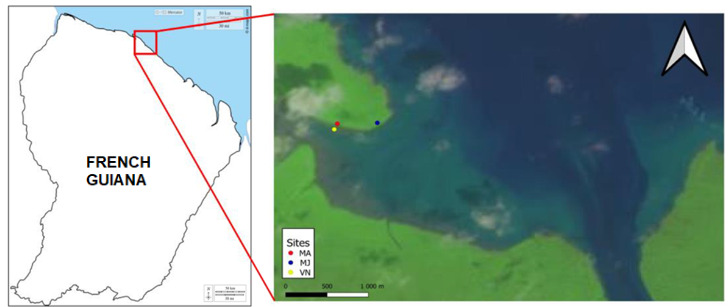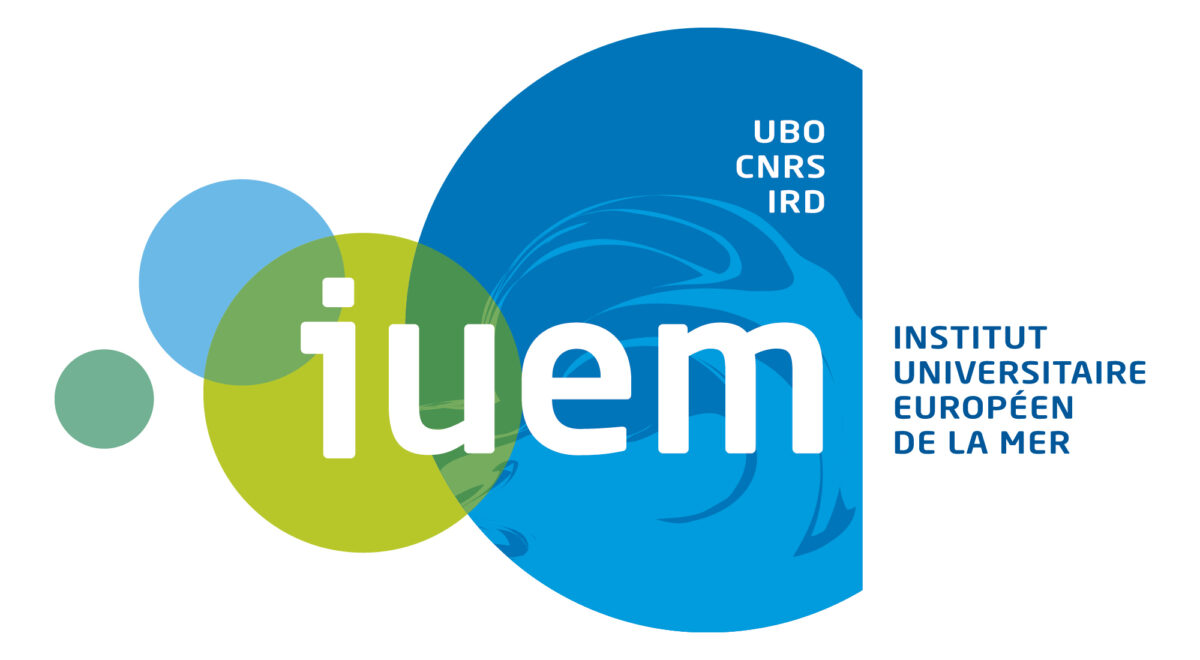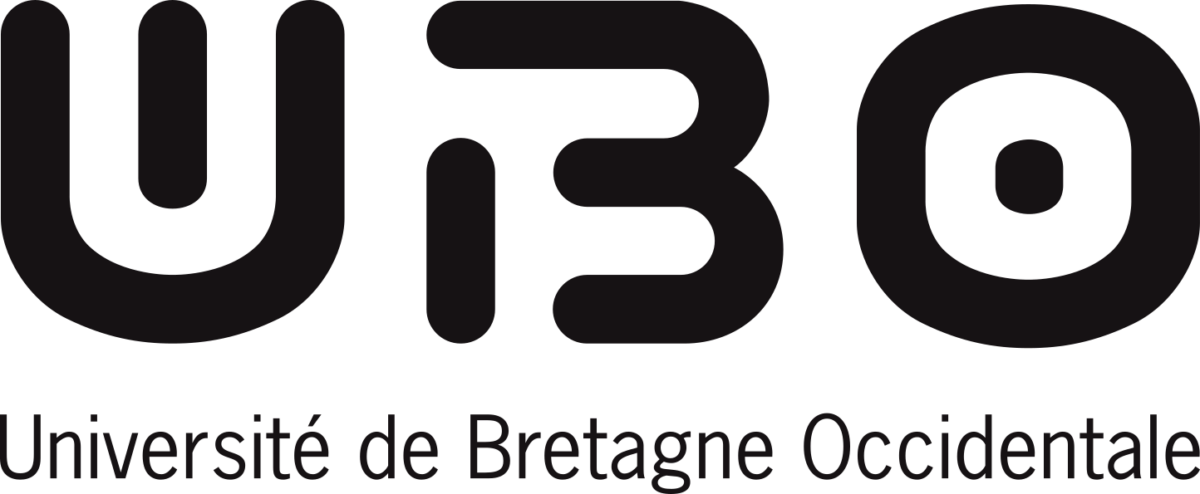Benthic endofauna of French Guiana mangrove during the wet season

Context
Mangroves are ecosystems with complex tree formations between sea and land, in the intertropical region. A long time ago, this ecosystem was considered as dangerous and inaccessible by native populations. After the mid 20th century, these beliefs evolved. From there, mangroves became vulnerable due to its intensive exploitation and some scientists began to study this ecosystem.
The destruction and perturbation of mangroves ecosystems generate a lost of taxonomic diversity, the number of species. Thus, the protection and study of such ecosystems are important. Indeed, it plays a major ecological role as nursery, feeding and breeding grounds for many species of the benthic fauna (related to the fauna that live in the sediment).
This area is mainly composed of organisms of varying size that live in and on the sediment. In fact, the size varies from meiofauna (from 42μm to 1mm) to macrofauna (>1mm) with the mesofauna in between (from 250µm to 1mm).

Research subject
The study is about benthic macro and mesofauna of mangrove sediments in French Guiana at the mouth of the Sinnamary River during the wet season. This season lasts from November to January for the minor wet season and from April to July for the major one. Moreover, the mangrove’s morphodynamic along the Guyanese coast is unique, as it is caused by the variability in space and time of sediment inputs from the Amazon.
This is why several stages of mangrove development are observed:
- Bare sediment
- Juvenile mangrove trees
- Adult mangrove trees
Those stages are related to the erosion and, in contrast, the accretion of mud banks made of both organic and non-organic sediments brought by various means such as the Amazon or the species who live there. To determine the effect of those development stages on species richness, which describes the number of species present in the same sample, each of the 3 mangrove stages were collected with sampling sediment’s core.
Following this sampling, the benthic organisms were handpicked in the lab, before identifying their taxonomic class and counting them. Then, statistical methods were calculated, allowing us to determine the presence of potential dominant species.
Result
The results revealed significant differences between the three stages, with maximum specific richness and total number of organisms found in the sample of the juvenile mangrove, while the lowest values were found in the adult mangrove samples and the intermediate values in the bare sediments.
The data collected showed that species diversity increases with the density of vegetation present via the modification of environmental parameters such as the oxygenation or grain size of the substratum. It is important to note that the lowest values could be explained by low abundances that may potentially bias the measurements.
Outlook
Future studies have to be focused on adult mangroves to determine if the levels observed in this study can be explained by natural processes or if there are sampling artifacts or errors in data processing.
STUDENT GROUP



 Attention, vous utilisez un navigateur peu sûr !
Attention, vous utilisez un navigateur peu sûr !